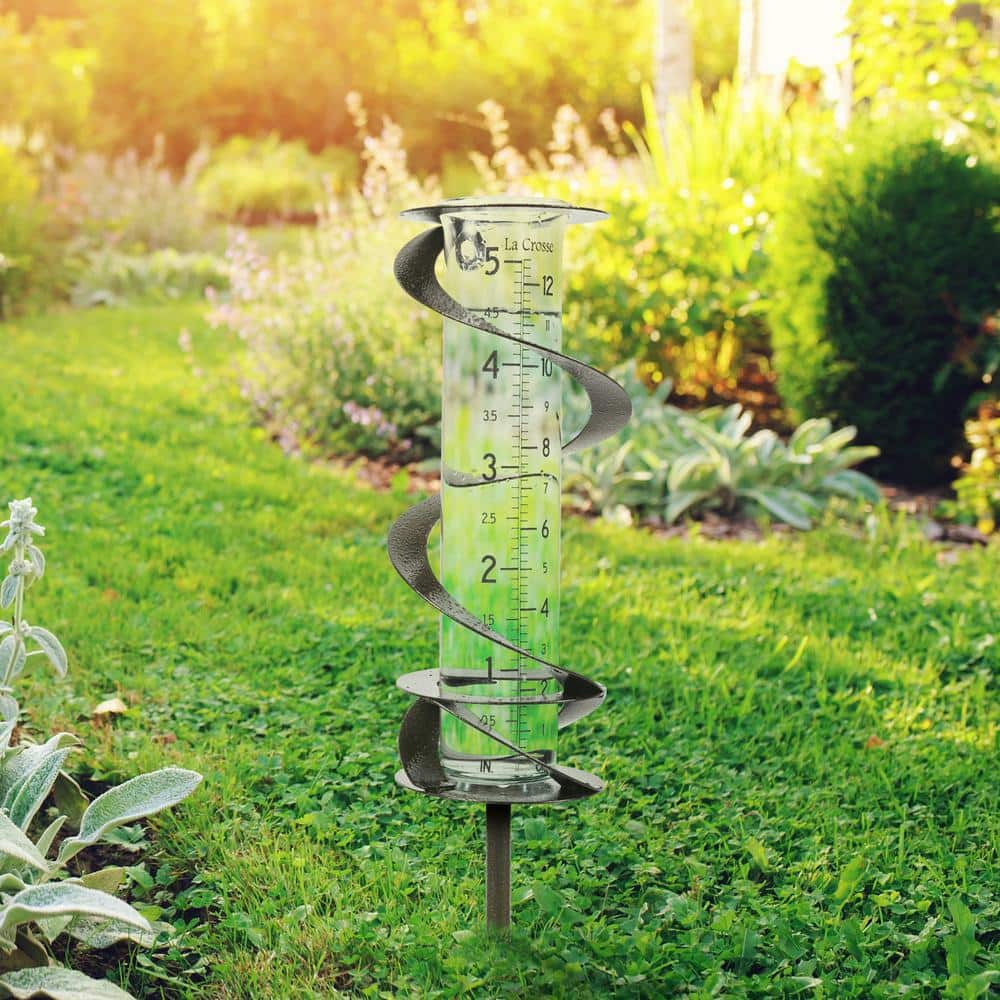The Rain Gauge: A Necessary Device for Keeping An Eye On Rainfall Degrees
The Rain Gauge: A Necessary Device for Keeping An Eye On Rainfall Degrees
Blog Article
DIY Rainfall Gauge: Straightforward Steps to Make Your Own
Developing your own Do it yourself rainfall scale is a straightforward and effective method to gauge and tape-record precipitation. With just a few typical products and some standard steps, you can conveniently create your own rain scale at home. Allow's get started on making your Do it yourself rain scale today!
Gather Products
To start constructing your do it yourself rainfall scale, collect all the necessary products utilizing a thorough listing of things. Having the ideal products on hand will ensure the successful creation of your rainfall scale and permit exact measurements of rainfall. To start with, you will require a clear plastic container or cylinder, such as a plastic bottle or container. Make certain the container is clear so that you can quickly see the water level inside. Next off, you will certainly need a ruler or measuring tape to mark the increments on the container. This will certainly allow you to determine the amount of rains properly. In addition, you will need an irreversible pen or water resistant tape to mark the measurements on the container. When revealed to rainfall, this will ensure that the markings continue to be noticeable even. You will require a strong base or stake to firmly hold your rainfall scale in location. This can be a wood or metal risk that can be put right into the ground or a tough level surface area to give stability. Gathering these products ahead of time will streamline the building process and guarantee that you have every little thing you need to produce your own DIY rain gauge.
Prepare the Container

Mark the Dimension Increments
To accurately gauge the amount of rainfall, precisely noting the measurement increments on your do it yourself rain gauge is necessary. Without precise and clear markings, it would be challenging to identify the specific quantity of rainfall gathered in your rain gauge. Here are the actions to mark the measurement increments on your rain scale.
The most usual official statement devices for gauging rainfall are millimeters and inches. When you have actually selected the system, utilize a long-term marker or water-proof paint to note the increments on the side of your rain scale.
When noting the increments, it is essential to ensure that they are uniformly spaced and clearly noticeable. Make use of a leader or determining tape to make certain accuracy and uniformity. Furthermore, make sure that the markings are immune to fading or check these guys out abrading, as exposure to the components may cause them to deteriorate in time.
Area the Rainfall Scale Outdoors
The rainfall scale must be put outdoors to precisely accumulate rainfall information. The area picked for the rain scale ought to be open and totally free from any type of blockages that can potentially influence the measurement of rains. It is vital to locate a spot that is not obstructed by trees, structures, or various other frameworks that can obstruct the rainfall from reaching the gauge. This will ensure that the gathered data is representative of the real rains in the area.
Furthermore, it is essential to position the rainfall gauge on a secure surface area, such as a level ground or a sturdy blog post. This will certainly prevent any type of motion or tilting of the scale, which can bring about imprecise dimensions. It is additionally suggested to prevent putting the scale near any type of resources of fabricated water, such as sprinklers or drainage systems, as this might conflict with the precision of the measurements.
Display and Record Rainfall Data
Regular surveillance and recording of rainfall information is important for exact information analysis and analysis. By tracking rainfall measurements, you can obtain important insights right into climate patterns, environment fads, and water source administration. To successfully keep track of and tape rains information, it is very important to develop a routine and maintain constant practices.
First of all, make certain that your rainfall scale is placed in an open location away from obstacles such as trees or buildings that may block rains. In addition, make sure the rainfall scale is degree and securely anchored to stop any activity that can influence the precision of the dimensions.

When tape-recording the rains information, it is essential to note the date and time of each dimension. Utilize a leader or a gauging stay with figure out the rains deepness in the rain scale, and record this information accurately.
To make sure the precision of the measurements, it is advised to clear the rain gauge after each recording. This will avoid any overflow or evaporation from impacting succeeding measurements.
Final Thought
To conclude, developing a DIY rainfall gauge is a useful and easy method to monitor and record rains data (The Rain Gauge). By adhering to the actions laid out in this write-up, you can conveniently collect materials, prepare the container, mark the dimension increments, and place the rainfall gauge outdoors. Routinely keeping track of and recording rains data can supply beneficial info for different objectives
Having the appropriate products on hand will certainly guarantee the successful production of your rain scale and enable for precise dimensions of rains.To properly gauge the amount of rainfall, properly marking the dimension increments on your DIY rain gauge is important.The rainfall gauge ought to be put outdoors to precisely gather rains data. The place chosen for the rain gauge need to be open and cost-free from any blockages that can possibly influence the dimension of rains.In final thought, developing a DIY rain gauge is a straightforward and functional way to keep discover here track of and tape-record rainfall information.
Report this page